
Ray Schmitten
Although most pears are grown in traditional orchards, the same way they’ve been grown for many decades, there’s not a great momentum for change. Ray Schmitten, a pear grower in Cashmere, Washington, says that innovation in the orchard is less critical than finding ways to ensure that consumers have a good eating experience when they buy pears so that they come back for more.
We asked Schmitten, who is cochair of the Fresh and Processed Pear Committee’s research subcommittee, to discuss his top five personal research priorities.
1
Give consumers ripened pears. “My number-one research priority would be getting pears to the retailer in a condition—maybe not ripe, but almost ripe—so we can simulate the avocado industry,” he said. “Once you get a ripe pear in someone’s hands, they’ll come back for another.”
This can be accomplished by conditioning pears with ethylene at the packing house, so they begin the ripening process before being shipped.
Linked with this is a need to determine the best packaging for conditioned pears, which are more fragile than unripe pears.
2
Maintain postharvest quality. Schmitten said the industry needs to make sure that when using products like MCP (1-methylcyclopropene) to maintain fruit quality, it doesn’t take a step backwards from its goal of being able to put conditioned pears in people’s hands. MCP is used to extend the storage life of apples and pears. When it was first used on pears, there were reports of fruit that failed to ripen properly after treatment.
“I see that people are understanding how to manage MCP more, and they’re…putting it on fruit that’s probably more mature already,” Schmitten said.
The ability to control postharvest decays, such as blue and gray mold, is a continuing concern as fungicides lose their effectiveness over time.
3
Avoid repacking. Schmitten would like to find a way for packers to presize d’Anjou pears so that they can be stored in bins and packed later in the season in packages that the customer requests, be it Eurocartons or other special packs. Typically, pears are packed early in the season and stored in the standard 44-pound boxes until sold.
This would help reduce the need for costly repackaging, Schmitten said. “It would be one of the biggest cost savings the pear industry could ever see.”
4
Refocus on pest management. Since Washington State University no longer has an entomologist dedicated to pear pest management, there’s been an absence of research focusing in this area, Schmitten said, noting that the industry has been concerned with other important research needs. “All of a sudden, we started realizing we’re going to get behind on pest management if we don’t start moving,” he said.
The pest profile in pears is challenging. While pear psylla is the primary pest, growers also have to deal with mites, pear mealybug, and codling moth, etc. He said the industry would like help from researchers to address pear pests holistically in a big research program.
5
Find a dwarfing rootstock. Schmitten would like to see a dwarfing rootstock for pears because smaller trees in high-density plantings would improve labor efficiency and make it easier to control pear psylla because of better spray coverage.
But this is a relatively low priority, he said, because many pear growers are farming traditional systems, with large trees, which are still economically viable. The motivation to retool the orchards is not there. So far, the labor supply has been adequate, though Schmitten expects it will become a serious issue.
He does not see a big need for new pear varieties.
“Most of us that grow pears feel that our product is unique enough in the tree fruit industry with the d’Anjou, Bartlett, and Bosc,” he said. “I think there are so many opportunities with the product that’s on the shelf now to grow the market that I don’t think we need a new variety.”
He noted that some new pear varieties that were introduced in recent years, such as Taylor’s Gold, Concorde, Red Bartlett, and Comice, have been huge economic failures for growers.
“We find something we think might be exciting, and we find there are horticultural or marketing issues that have made them impossible to grow commercially.”
As for a fireblight-resistant variety, that’s the last thing some growers want to see, he said. The reason the commercial pear industry is limited to the West Coast is that the disease is too difficult to control in other areas with humid climates.
“If we did find a fireblight-resistant variety, then our competition potential is very high,” Schmitten said. “It takes one more difficulty out of growing pears. The Wenatchee River Valley, although it has fireblight, has very little compared to the rest of the world. That’s not a priority of mine.”

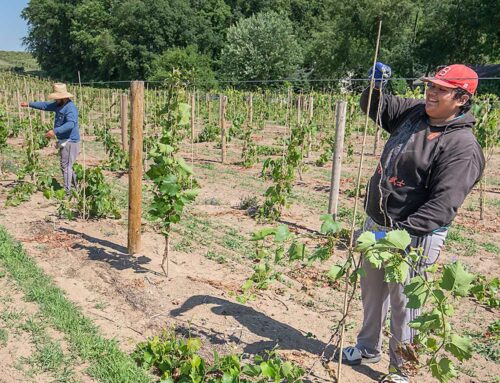
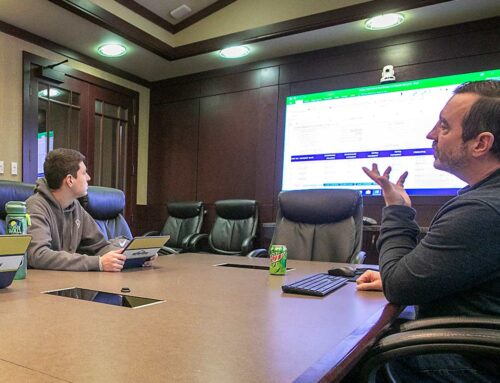
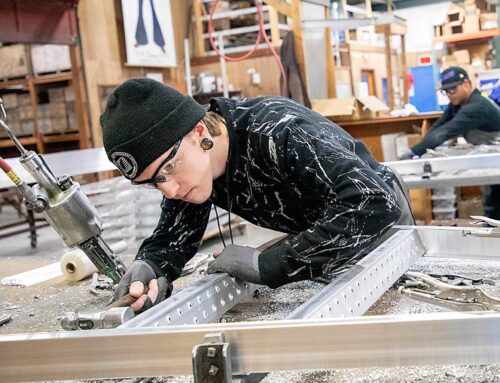
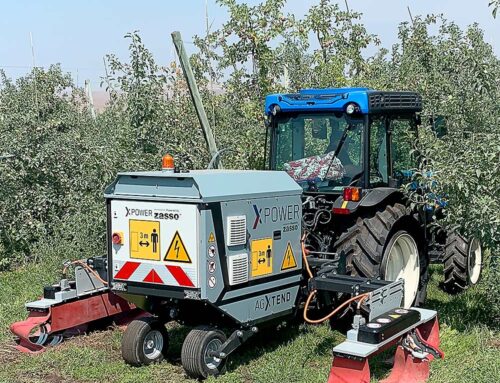
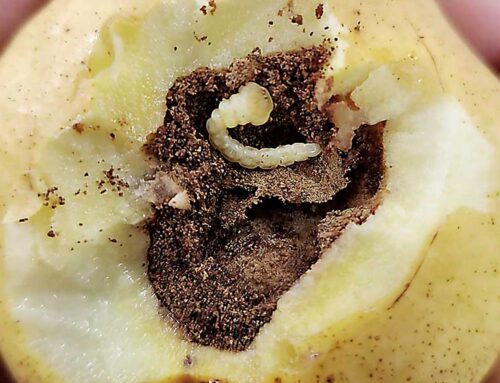
Leave A Comment